Why Waterproof Workwear Matters on Wet Job Sites
Mud, Water, and the Risks of Soaked Work Boots
For anyone working outdoors—whether it’s construction, landscaping, or agriculture—wet job sites are a daily challenge. When boots get soaked, workers face more than just discomfort. Prolonged water exposure can cause blisters, fungal infections, and long-term foot health problems. Wet boots also weigh more, slowing movement and reducing efficiency.
Even worse, compromised traction from soaked footwear increases the risk of slips, trips, and falls. That’s why investing in waterproof work boots isn’t a luxury—it’s a safety necessity.
Looking for durable outdoor solutions? Explore Northside for rugged footwear designed to handle real-world conditions.
Performance Criteria: Waterproofing, Insulation, Fit, Durability
When choosing waterproof boots, four elements matter most:
-
Waterproofing – A sealed barrier or waterproof membrane is key to blocking moisture.
-
Insulation – For cold climates, proper lining keeps feet warm without overheating.
-
Fit – A boot that slips in the heel or squeezes your toes won’t perform well in wet, muddy conditions.
-
Durability – Reinforced uppers, outsoles, and seams ensure long-term reliability.
The best waterproof work boots combine these qualities for both safety and comfort.
Material Science Behind Waterproof Work Boots
Sealed Membranes & Topical Waterproof Sprays
Waterproofing starts with construction. Sealed membranes provide an internal barrier against water, while topical sprays add a secondary layer of defense. Together, they create a powerful combination.
For example, the Garner Mid NT boot from Northside uses a sealed waterproof membrane paired with a topical leather treatment, ensuring both water resistance and breathability.
Full-Grain Leather Treated for Water Resistance
Full-grain oiled leather is another popular choice for waterproof work boots. Naturally tough and abrasion-resistant, leather becomes highly water-resistant when treated and paired with sealed membranes.
The Roanoke 6” Nano Toe demonstrates this perfectly, featuring a full-grain oiled leather upper combined with waterproofing treatments for maximum durability and protection.
Neoprene Liners for Flexibility and Insulation
In wet, cold conditions, neoprene liners add flexibility and warmth. Neoprene provides natural water resistance while offering insulation that adapts to fluctuating weather.
Models like the Glacier Drift or Shoshone Falls (available through Tractor Supply Co.) show how neoprene-lined boots balance comfort, waterproofing, and protection.
Insulation Layers for Winter Work
When temperatures plunge, insulation makes or breaks a work boot. Options include Thinsulate®, wool blends, and zonal liners tailored for extreme cold.
The Wilmore waterproof hiking boot (Shoe Carnival) combines 200g Thinsulate® insulation with a wool blend lining, keeping workers warm even in conditions as low as –40°F.
If you need rugged cold-weather options, check out Northside’s winter boots lineup for insulated job-site footwear.
Durability Meets Comfort — Build Features That Matter
Safety Toes That Don’t Sacrifice Waterproofing
Waterproof boots can still include safety toe protection. Advanced options like nano and composite toes ensure ASTM compliance without adding bulk.
The Akron 6″ Nano Toe is a prime example, offering a Goodyear welt build, waterproof leather, and ASTM-certified protection.
Outsole Tech for Slip and Oil Resistance
Slips are a major hazard on muddy or oily job sites. That’s why oil- and slip-resistant outsoles are a must-have.
The Garner Wedge composite toe boot provides both slip and oil resistance, making it a reliable choice for wet environments.
Anti-Fatigue Insoles and Shanks for All-Day Support
Long shifts require proper support. Boots with memory foam or PU insoles and composite shanks reduce fatigue while maintaining stability.
The Axson Mid CT offers a memory foam/PU insole, dual-density outsole, and a composite shank for all-day comfort.
If you work in unpredictable wet weather, consider waterproof men’s rain boots for flexible protection and comfort.
Product Highlights — Best Waterproof Solutions from Northside USA
-
Trenton Mid NT – Lightweight nylon upper, sealed membrane + topical spray, static dissipative outsole.
-
Axson Mid CT – Full-grain oiled leather, puncture-resistant outsole, waterproofing treatments, supportive shank.
-
Roanoke 6″ Nano Toe – Premium Goodyear welt, waterproof full-grain leather, ASTM Nano toe, EH resistance, heat-resistant outsole.
-
Wilmore Waterproof Hiking Boot – 200g Thinsulate® + wool blend insulation, rugged waterproof components, rated to –40°F.
Each of these boots represents a different solution depending on whether you need lightweight flexibility, insulated warmth, or maximum durability.
How to Choose the Right Boot for Your Work Site
Assess Water Exposure
Think about mud depth, puddle frequency, and how long your boots will be exposed to moisture.
Determine Temperature Needs
Choose insulated or non-insulated models depending on whether you face freezing conditions or just wet ground.
Match Safety Requirements
Check for ET, EH, puncture resistance, or safety toes based on job hazards.
Prioritize Comfort and Durability
Look for well-constructed outsoles, supportive insoles, and reinforced seams to ensure both comfort and long lifespan.
Care Tips for Long-Lasting Waterproof Boots
Cleaning Off Mud
Air dry boots and wipe them with a damp cloth. Avoid direct heat, which can crack leather or weaken membranes.
Maintaining Waterproofing
Reapply topical sprays regularly, especially after exposure to harsh mud, chemicals, or extended soaking.
Regular Inspection
Check soles, seams, wear zones, and safety toes for damage. Addressing small issues early extends boot life significantly.
Conclusion
The right waterproof work boots aren’t just about keeping your feet dry—they directly impact comfort, safety, and job performance. By considering materials like membranes, leather, and neoprene, along with build features such as slip-resistant outsoles and insulated linings, you can find boots tailored to your job site.
Whether you choose the Trenton Mid NT for lightweight protection, the Axson Mid CT for durability, or the Roanoke 6″ Nano Toe for maximum safety, waterproofing should always be a top priority.
Need help deciding? Reach out via contact at Northside for expert recommendations.
FAQ
1. Are waterproof work boots the same as water-resistant boots?
No. Waterproof boots use sealed membranes or liners to block all water, while water-resistant boots only repel light moisture.
2. Do waterproof boots breathe, or do they trap sweat?
High-quality waterproof membranes allow vapor to escape, preventing excess sweat buildup.
3. How often should I reapply waterproofing spray?
Every few months, or more often if boots are exposed to mud, chemicals, or frequent soaking.
4. Can waterproof boots also be insulated?
Yes. Many models, like the Wilmore boot with Thinsulate® lining, combine waterproofing with insulation for cold environments.
5. What’s the best way to dry waterproof boots?
Remove insoles, air dry at room temperature, and avoid direct heat sources to protect materials.


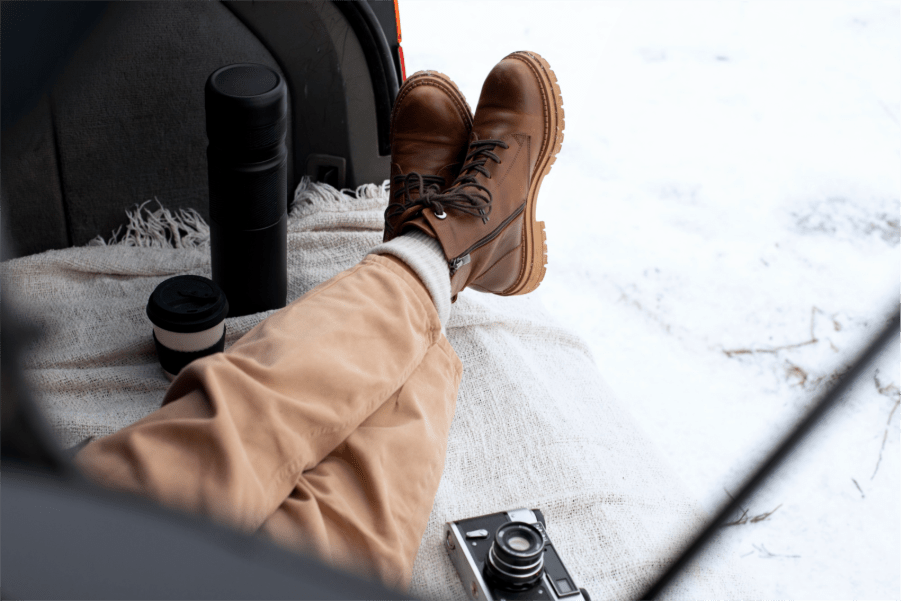
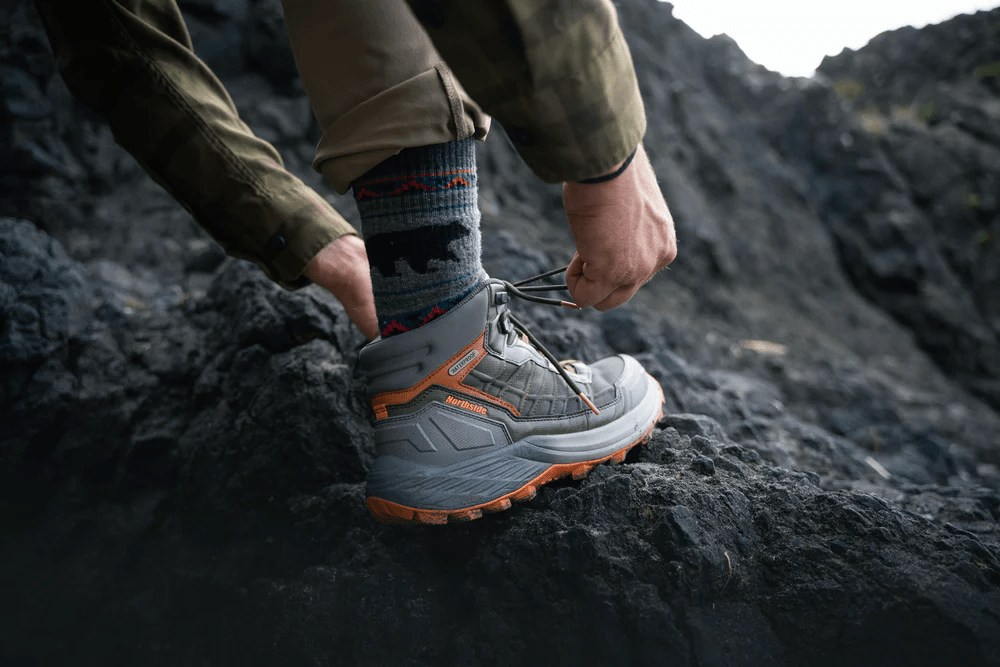
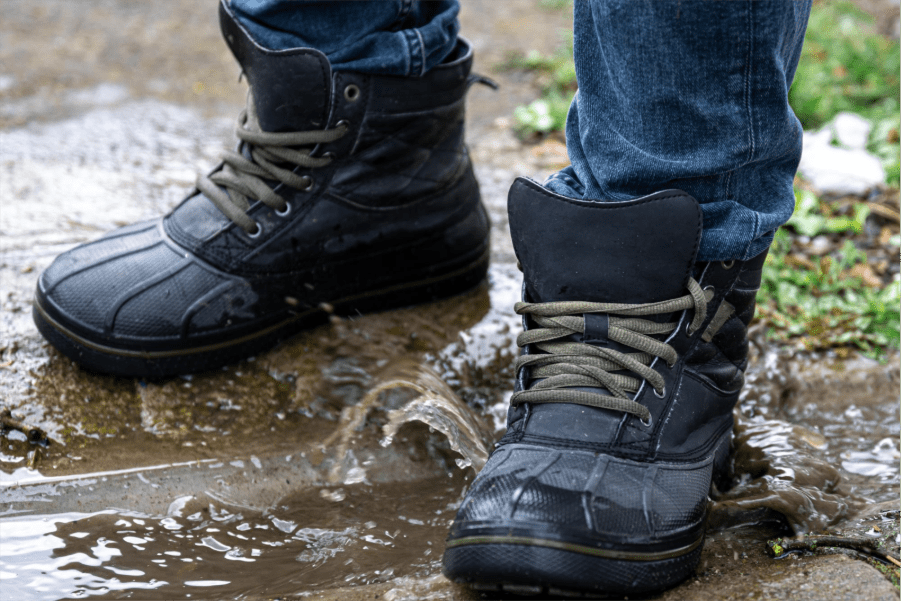
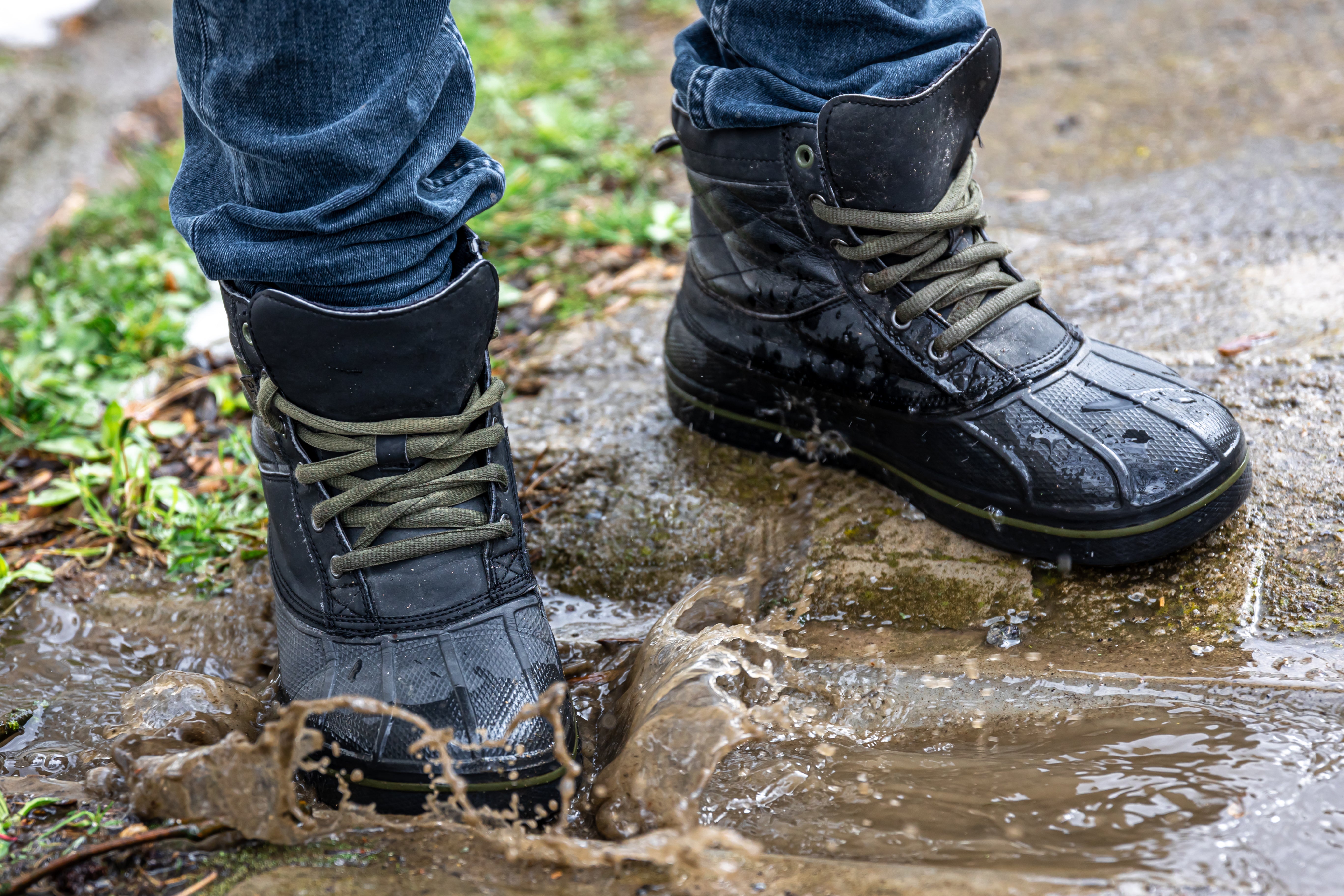
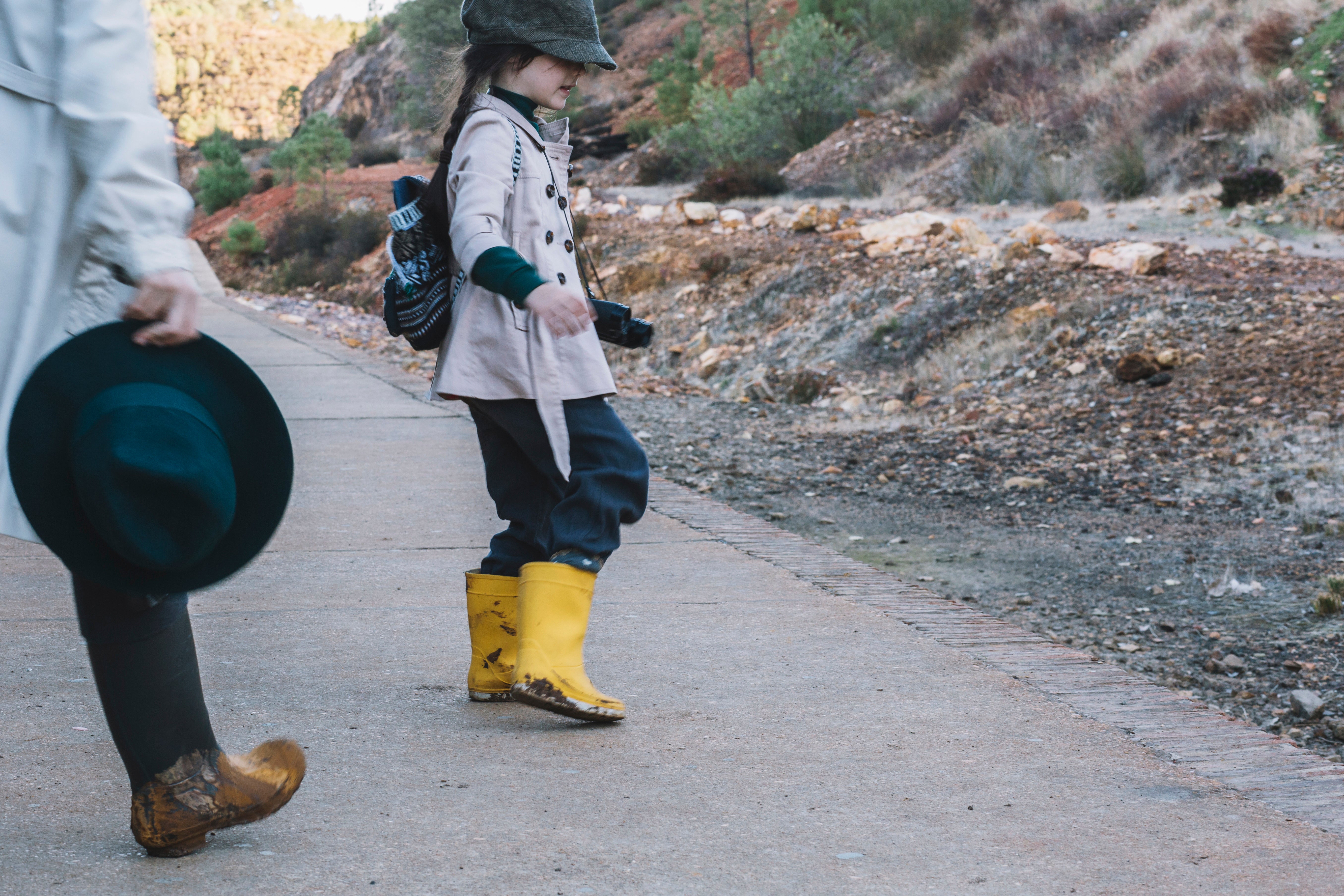
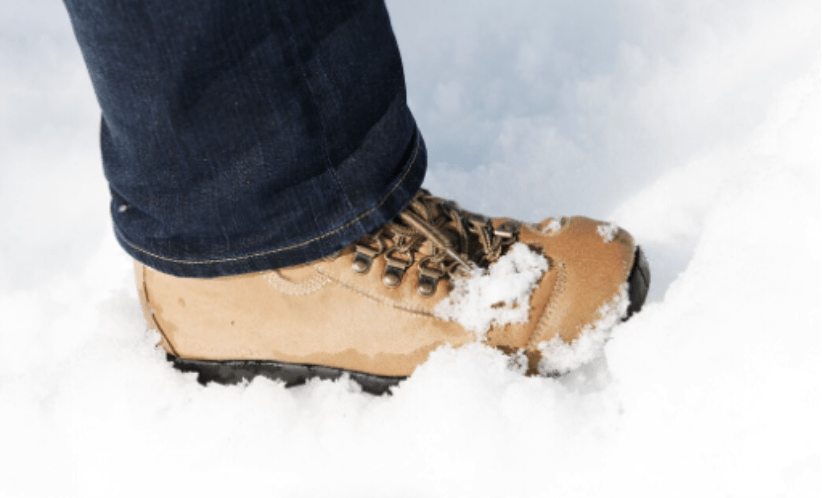
Leave a comment
All comments are moderated before being published.
This site is protected by hCaptcha and the hCaptcha Privacy Policy and Terms of Service apply.